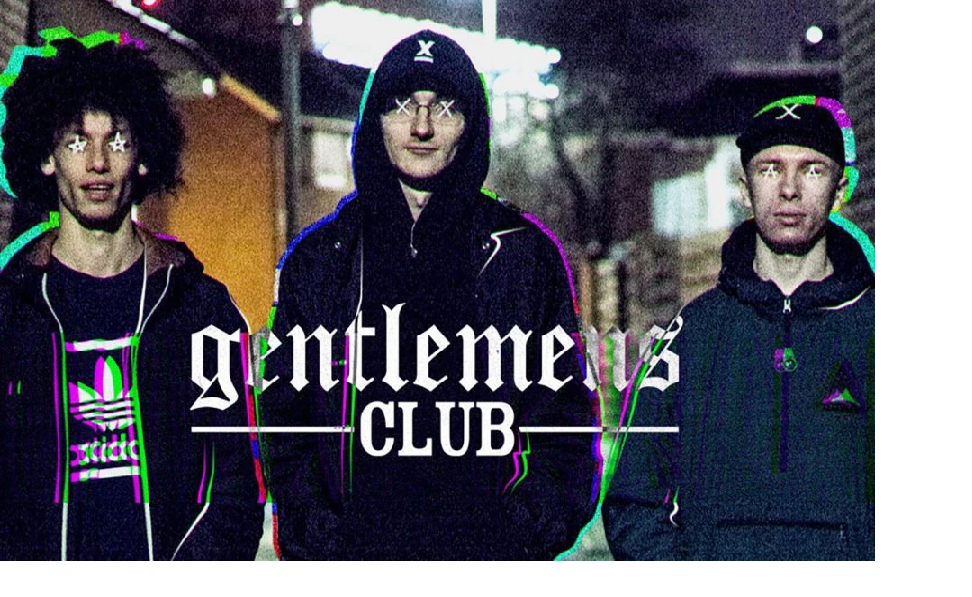A History of Melbourne’s Gentlemen’s Clubs: From Discreet Lounges to Lavish Venues
Melbourne’s gentlemen’s clubs have a rich and storied history, reflecting the city’s social evolution and cultural shifts. Originally established in the 19th century, these exclusive establishments catered to the elite, offering a private sanctuary for men to socialize, conduct business, and escape the rigors of daily life.
The Origins
The concept of gentlemen’s clubs can be traced back to London, where the first clubs emerged in the early 18th century. Melbourne, founded in 1835, quickly adopted this trend, establishing its own clubs as the city grew and prospered during the Gold Rush of the 1850s. The wealth influx led to a burgeoning middle class, and with it, a demand for spaces where men could gather away from the public eye.
One of the earliest and most prestigious clubs was the Melbourne Club, founded in 1838. It became a symbol of status and refinement, attracting prominent businessmen and politicians. Located on Collins Street, the Melbourne Club offered luxurious amenities, including fine dining and private meeting rooms. Its exclusivity and adherence to strict membership criteria solidified its reputation as the premier gentlemens club in the city.
The Golden Era
By the late 19th and early 20th centuries, the gentlemen’s club culture flourished in Melbourne. The city saw the establishment of numerous clubs, each with its unique character and clientele. The Australian Club, founded in 1888, welcomed men from various professions, while the Savage Club catered to artists and intellectuals. These clubs provided not only a space for leisure but also facilitated networking and collaboration among influential figures in society.
During this time, the design and architecture of these venues evolved. Many clubs adopted opulent interiors, featuring rich wood paneling, grand chandeliers, and plush furnishings. They often boasted libraries, billiard rooms, and even accommodation facilities, making them more than just places to socialize; they became veritable retreats for their members.
The Changing Landscape
The mid-20th century brought significant societal changes that impacted the gentlemens club landscape. The rise of women’s liberation and the gradual integration of genders into social spaces led to a decline in the exclusivity of these clubs. Many traditional gentlemen’s clubs faced criticism for their outdated policies and lack of inclusivity.
In response, some clubs began to modernize their offerings. The Melbourne Club and other established institutions started to open their doors to women, embracing a more progressive ethos. Newer venues emerged, blending the traditional gentleman’s club atmosphere with contemporary aesthetics and inclusivity, creating spaces where all could enjoy the camaraderie once reserved solely for men.
Contemporary Clubs
Today, Melbourne’s gentlemen’s clubs continue to evolve, reflecting modern values while preserving their rich heritage. Many clubs now focus on providing exceptional dining experiences, curated events, and networking opportunities that cater to a diverse clientele. The revival of interest in craft cocktails and fine dining has further transformed these spaces into trendy social hubs.
Moreover, the introduction of technology and the internet has reshaped the way clubs operate. Members can now access exclusive events and engage with each other through online platforms, bridging the gap between traditional values and modern convenience.
Conclusion
From their origins as discreet lounges for Melbourne’s elite to their transformation into lavish, inclusive venues, gentlemen’s clubs have mirrored the city’s social fabric. While the face of these clubs may have changed over the years, their role as sanctuaries for connection and camaraderie remains steadfast. As Melbourne continues to grow and diversify, its gentlemen’s clubs will undoubtedly adapt, ensuring their place in the city’s evolving narrative.











